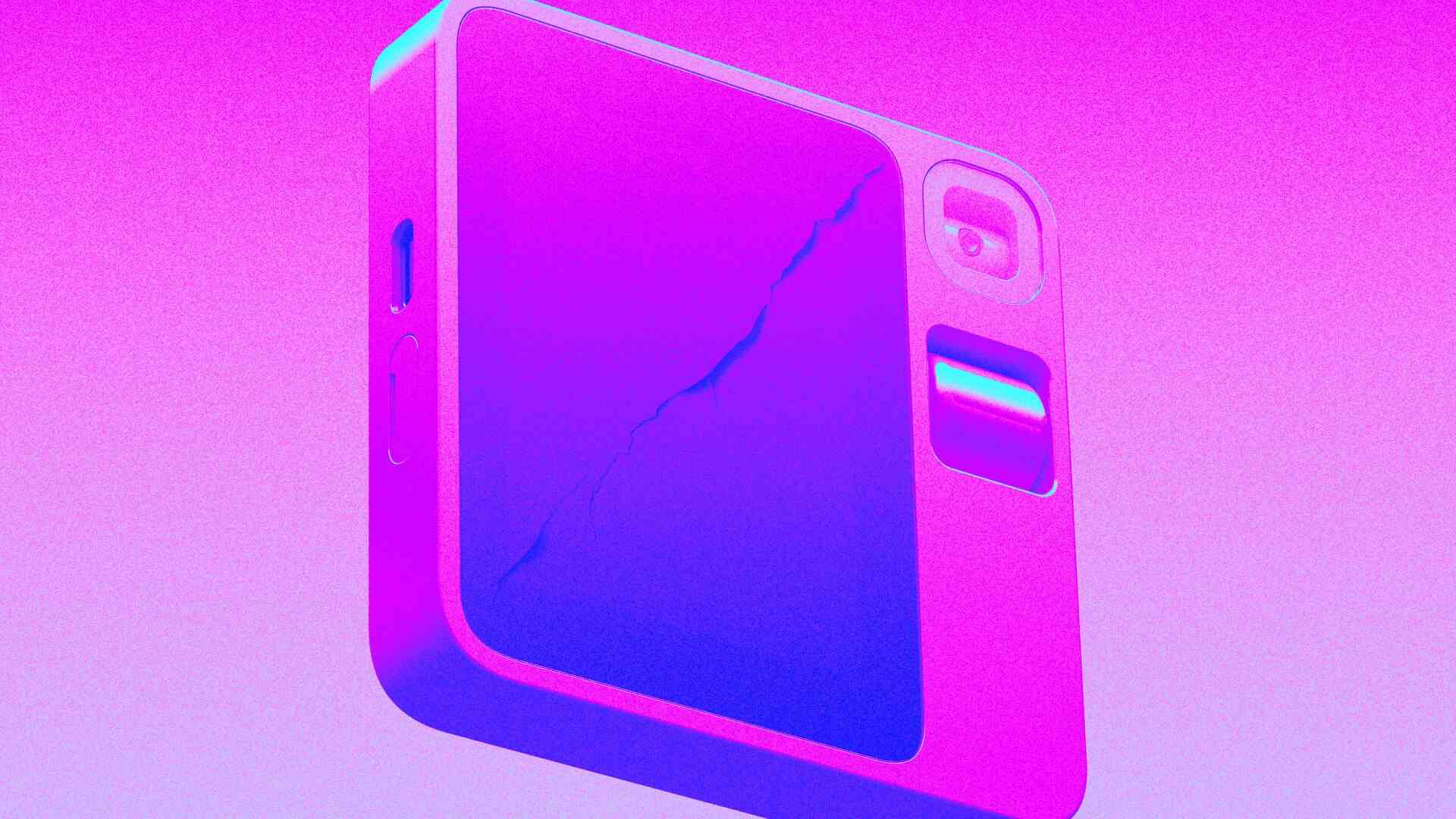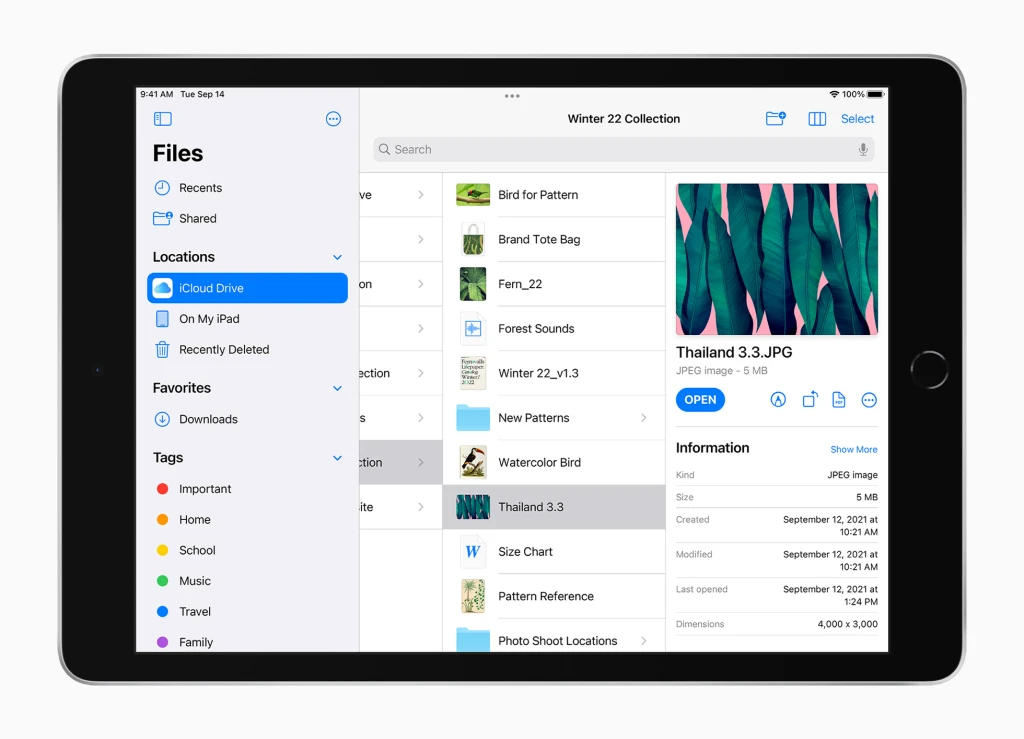- | 9:00 am
Why the tech industry loves selling unfinished products
Humane and Rabbit’s buggy new AI devices are merely the newest examples of an enduring trend. Plus: requiem for the home button.

Two gadgets in technology’s hottest new category have shipped. They arrive with great expectations, in part because their makers have promoted them with Barnumesque aplomb. But both are missing basic functionality. Worse, some of what is there doesn’t really work. Despite promises of updates to come, they get dismal reviews, an albatross that’s tough for any product to overcome.
Okay, the two products I’m talking about are the BlackBerry PlayBook and the Motorola Xoom, two tablets released in the wake of the original iPad. Back in 2011, I devoted a column to them and the whole trend of asking consumers to pay big bucks for embarrassingly unfinished products.
In case you haven’t figured it out yet, this old news resurfaced in my brain as I read reviews of Humane’s Ai Pin and the Rabbit R1. The two new AI-powered, voice-controlled gizmos have inspired some of the most savage reviews of any tech products in years. Even the titles are ugly: “not even close,” “the solution to none of technology’s problems,” “fails at almost everything.” Gadget guru Marques Brownlee declared the Ai Pin “the worst product I’ve ever reviewed” and the R1 “barely reviewable,” and my colleague Mark Wilson found the R1 “consistently disappointing to use.”
Unlike the Xoom and PlayBook, the Ai Pin and R1 haven’t yet failed. But by selling them in such rough shape, their makers have dug themselves deep reputational holes. If future software updates turn either device into a long-term winner, it’ll be a bit of a comeback story.
It’s easy to understand why the tech industry has always been prone—as Orson Welles might put it—to selling products before their time. Almost everybody would rather be one of the first companies to enter a new market than a straggler. Startups have a powerful incentive to start realizing revenue sooner rather than later. And as I discussed in my 2011 column, the ability to push out software updates after a device is already in the field makes it tempting to unleash hardware before the software is truly done.
For years, startup accelerator Y Combinator has been telling entrepreneurs how critical it is to ship something as quickly as possible, even if it’s far from the ultimate realization of an idea. Humane and Rabbit embraced that mantra. But even YC says a new product needs a “quantum of utility” that lets early adopters do something useful they couldn’t do before. The Ai Pin and R1 may not clear that bar, at least if that useful something must work in a predictably reliable fashion.
Then there’s the level of hoopla that Humane and Rabbit generated well before they shipped a single unit. In the case of the Ai Pin, the effort included a mini-movie called “Change Everything,” which positioned the then-unnamed and unannounced device as a smartphone killer. (Such grandiosity is easier when you’ve yet to disclose even the most basic facts about your product.) Meanwhile, Rabbit held a launch event at this year’s CES that suggested CEO Jesse Lyu had been mainlining old videos of Steve Jobs’ keynotes for inspiration. In retrospect, tamping down expectations might have been a savvier marketing strategy than fomenting irrational exuberance.
Ultimately, generative AI’s place at the heart of the Ai Pin and R1 may be the single biggest reason why they shipped as rough drafts. In a sense, the technology is the ultimate unfinished product: astonishing, yes, but also deeply inadequate in too many ways to count. Any product that depends on it getting things right anywhere near 100% of the time is doomed to disappoint. For example, both devices promise AI features such as the ability to point their cameras at items and ask questions about them—the kind of stuff where erratic results render the whole exercise pointless. At $699 plus $24 a month for the Ai Pin and $200 for the R1, that beta feel is less viable than in the case of something like a free chatbot.
Humane and Rabbit can’t make AI bulletproof in a few weeks or months, or maybe even years. But I do hope they persevere. Getting the last laugh by making sure their gadgets live up to their potential—or at least a decent percentage of it—would be a far happier ending than joining the PlayBook and Xoom in the dustbin of gadget history.
THE HOME BUTTON IS ALMOST HISTORY
“And on the front, there’s only one button down there. We call it the home button. It takes you home from wherever you are. That’s it.”
When Apple introduced the first iPhone, other smartphones weren’t just overrun with buttons. They considered them a badge of honor, as if shrinking a laptop’s QWERTY keyboard down to pocket-size was the North Star for the entire product category. Apple’s decision to give its phone one button that did one thing was among the most Steve Jobsian moves ever.
It wasn’t just about minimalism for its own sake. Seventeen years ago, most people were just getting acquainted with the concept of a phone that ran apps and had a home screen. The risk of getting lost in the interface was real, and the home button eliminated that. It became one of the iPhone’s—and then the iPad’s—most iconic elements.
The home button started to go away with 2017’s iPhone X, which replaced it with a go-home gesture and used the space it formerly occupied for a larger screen. In the years that followed, Apple removed the button from most iPhones and iPads. It’s survived only in the third-generation iPhone SE and the ninth-generation iPad, which was introduced in 2021 and stayed around until this week’s announcement of new iPad Air and iPad Pro models. But now the entry-level iPad is the 10th-generation version, with no home button. The iPhone SE is the final holdout.

The ninth-generation iPad isn’t quite toast. Apple is still selling it to customers in education, who have tight budgets and prize its compatibility with the iPads and accessories they already own. The company says that certain resellers will also continue to offer the model. But it’s already been removed from Apple.com, a sure sign it’s officially a legacy product.
It’s been years since I owned an Apple product with a home button. In no way have I found its absence an inconvenience. Still, its near-obsolescence leaves me melancholy, for much the same reason I mourned the loss of the iPod without wanting to actually use one. In its time, it was one of the defining concepts that made the iPhone work. Even now, unlike many old pieces of technology—floppy disks, say—there’s nothing hilariously archaic about it. It’s just a still-elegant idea that’s no longer a necessity.
Steve Jobs was so famously immune to nostalgia that I can’t imagine he’d be sorry to see the home button go. He might even have ditched it more quickly than current Apple management has. Even so, it’s one of the dwindling number of still-extant features on Apple products that he personally introduced and explained. And the fact it’s fading into history is a reminder of just how long he’s been gone.






































